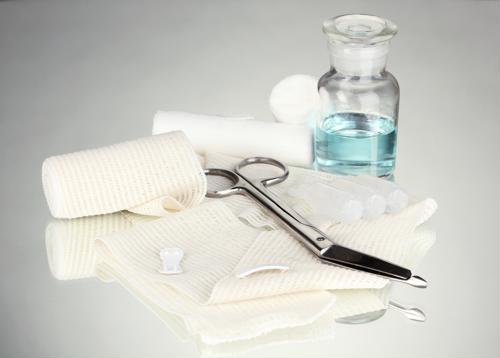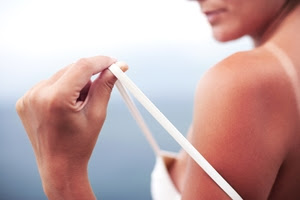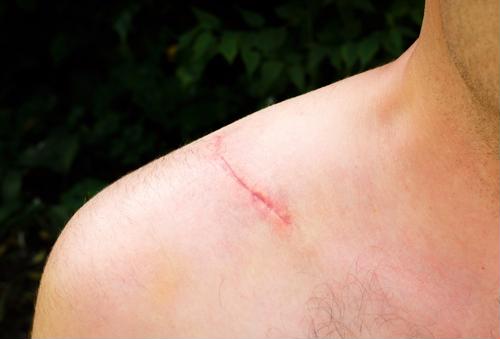There are over 6,000 types of wound care dressings available today, according to Wound Source. That’s a lot for even medical professionals to keep up with. However, there are various categories of wound dressings designed for specific types of wounds. When you’re injured, your doctor will choose the type of dressing that’s best suited for the wound, as well as its location and severity.
Here’s a quick guide to the most common categories of wound dressings:
 There are several types of wound dressings that promote proper healing.
There are several types of wound dressings that promote proper healing.Alginates
These dressings are made from brown seaweed or kelp, and sometimes have an extra dose of calcium, silver or honey. According to Wound Educators, alginate dressings react with serum and wound exudate to form a gel, creating a moist environment that promotes proper healing. As such, alginates are often used for wounds with moderate to high levels of exudate.
Composites
These combination wound dressings have multiple layers for separate functions. Wound Educators described the three layers most common in composite wound dressings:
- Inner contact: Non-adherent to avoid irritating the wound bed.
- Middle: Absorbs moisture to prevent maceration.
- Outer: Prevents bacteria from reaching the wound bed.
Films
Thin, transparent and flexible, film dressings allow visibility to the wound and can conform to the body’s movement. They’re often used in areas where friction is common, such as joints, according to Wound Care Centers.
Foams
Made with polyurethane or polymer solutions, foam wound dressings can absorb large amounts of fluids. As such, doctors often utilize this type of dressing for wounds with high levels of exudate. Various thickness options are available, depending on how much absorption is necessary to promote healing.
Gauze
Gauze is one of the most traditional types of wound care dressings, often used in combination with other dressings. It comes in many forms, including squares, sheets, rolls and packing strips.
Hydrocolloids
These dressings are made of hydrophilic colloidal particles like gelatin, pectin and cellulose. They’re available in various sizes and shapes, as well as forms such as wafers, pastes, powders, gels and films. Hydrocolloids typically have lower infection rates than gauze, film, hydrogels and foams, according to Wound Educators.
Hydrogels
With high glycerin and water content, hydrogels are used to add moisture to especially dry wound beds. They’re available in gauzes, gels and sheets, but are often non-adhesive and require a secondary dressing.
No matter what type of dressing your wound requires, iPak by Innovative Outcomes makes it easy to understand and follow your treatment plan. Your wound care supplies will come in single-dose packages with video tutorials displaying exactly how to apply the dressings.





